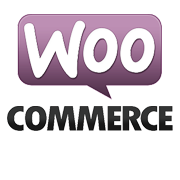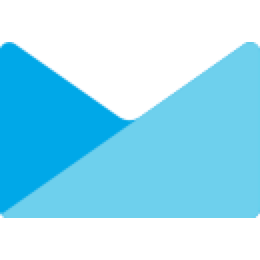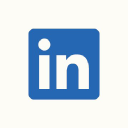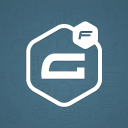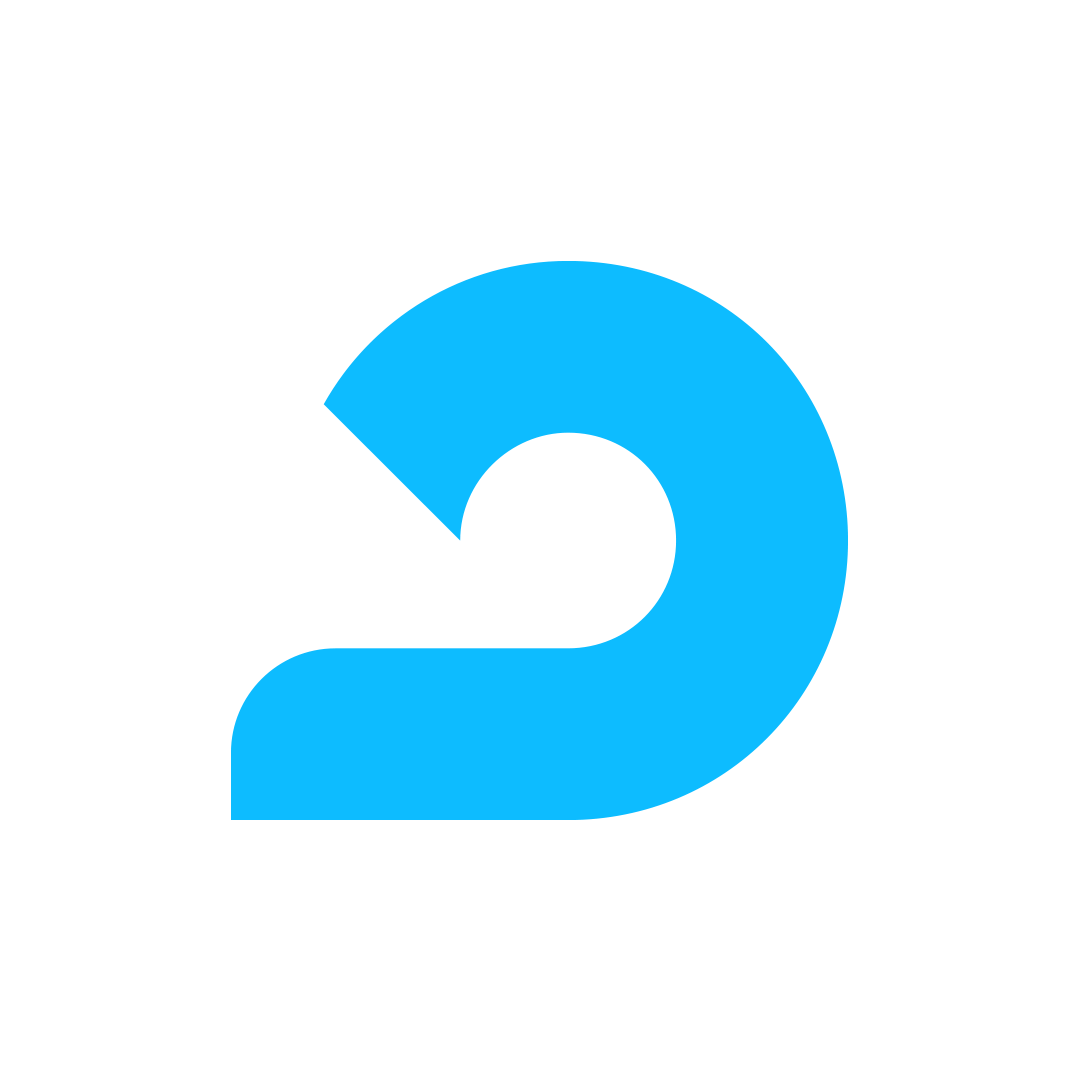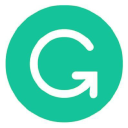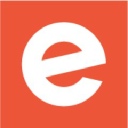On Pivoting From An Agency To Subscription Based Graphic Design And 1000+ Clients
Hey, I’m Senthu Velnayagam, Co-Founder and Director of Innovations at Kimp.io, a productized service and graphic design startup. Kimp provides professional graphic design services to clients around the world that range from startups, to SMBs, to nonprofits, to marketing agencies.

The common denominator for our clients is that they have recurring graphic design needs, but they don’t have the capacity to constantly be onboarding designers. In some cases, budget constraints are also an issue. Which is what makes our work so rewarding.
We offer a subscription for the flat fee of $389/mo, that kicks off with a free 7-day trial, making professional graphic design more accessible. Discounts are available for our nonprofit clients as well. Through Kimp, we provide clients access to a dedicated team, and consistent turnarounds, on a month-to-month basis. So our clients can sign up for our services as they need them, and cancel as they don’t.
This in turn helps them get new business ideas off...

Download the report and join our email newsletter packed with business ideas and money-making opportunities, backed by real-life case studies.

Download the report and join our email newsletter packed with business ideas and money-making opportunities, backed by real-life case studies.

Download the report and join our email newsletter packed with business ideas and money-making opportunities, backed by real-life case studies.

Download the report and join our email newsletter packed with business ideas and money-making opportunities, backed by real-life case studies.

Download the report and join our email newsletter packed with business ideas and money-making opportunities, backed by real-life case studies.

Download the report and join our email newsletter packed with business ideas and money-making opportunities, backed by real-life case studies.

Download the report and join our email newsletter packed with business ideas and money-making opportunities, backed by real-life case studies.

Download the report and join our email newsletter packed with business ideas and money-making opportunities, backed by real-life case studies.

